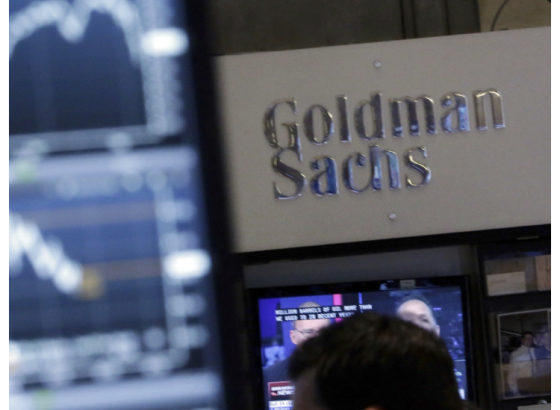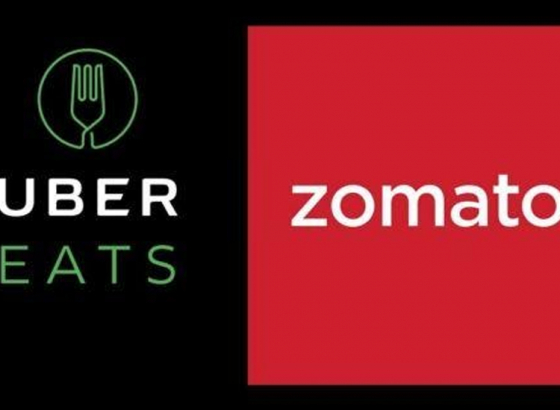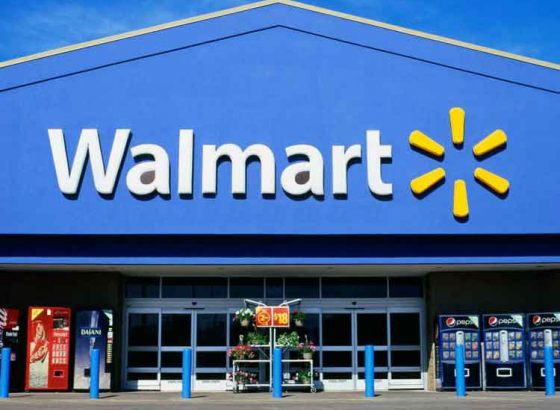Labeling food and drinks with how much walking or running is needed to burn them off could help tackle the obesity crisis, researchers say. While all packaged food must display certain nutritional information, such as calorie content, there is limited evidence that the approach changes what people buy or eat. Meanwhile, waistlines continue to expand.
A new study backs another approach to labeling: displaying small symbols showing how much physical activity is needed to compensate for consuming the item. A fizzy drink containing 138 calories, for example, could be accompanied by a small symbol of a person showing it would take 26 minutes of walking or 13 minutes of running to burn off. The team says the approach puts calories in context and may help people to avoid overeating or spur them to move about more in a bid to burn off the energy they have consumed. They also suggest it might encourage food producers to make products with less calories.
“We think there is a clear signal that it might be useful,” said Prof Amanda Daley of Loughborough University, first author of the research. “We are not saying get rid of current labelling, we’d say add this to it.” Daley said that a simple approach is important since it is thought we only spend about six seconds looking at food before deciding whether to buy it.
Writing in the Journal of Epidemiology & Community Health, Daley and her colleagues report how they analysed data from 14 previously conducted studies exploring the impact of an exercise-based labelling system. The team found that compared with no labelling or other labelling approaches taken together, participants selected on average about 65 fewer calories per meal when exercise-based labels were present on food or menus. That’s less than a single chocolate digestive biscuit at 83 calories. Digging deeper, the team found people selected 103 fewer calories when the exercise-based labels were used compared with no labelling alone. Similarly, an analysis based on studies that looked at calories actually consumed revealed individuals ate about 110 calories fewer when food was labelled with exercise-based information compared with no labelling. While the gains may sound small, Daley said such reductions add up across meals.
However, the research has limitations: most of the studies were based on hypothetical situations or laboratory-based work, and there was a limited number of them. The studies also varied considerably in how they explored the impact of exercise-based labeling.








